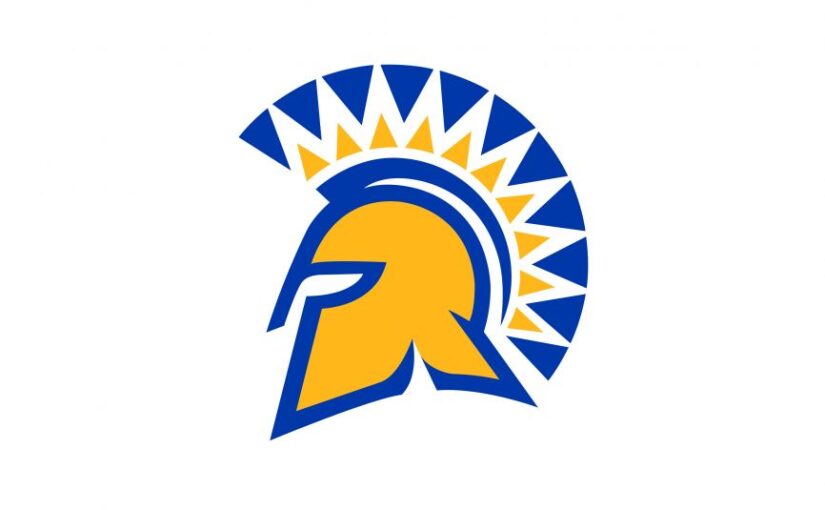A.D.ministration: The evolving athletic director position
An athletic administrator’s day is filled with numerous tasks and responsibilities. This means scheduling games and buses, depositing gate receipts, interviewing prospective coaches, verifying eligibility reports and countless other details. There’s never enough time to do everything, and the days are long.
 It has been this way for decades, but new duties are added every year. The position has become more complicated, and it involves greater expectations and responsibilities. Beyond the long-standing basics of the position, there are new aspects that are essential for your program to thrive and survive.
It has been this way for decades, but new duties are added every year. The position has become more complicated, and it involves greater expectations and responsibilities. Beyond the long-standing basics of the position, there are new aspects that are essential for your program to thrive and survive.
These new responsibilities have to be developed, and time must be found to accomplish them. The athletic director’s position is one of evolution, and since change is a constant, things will continue to develop. New aspects and responsibilities will become an integral part of the job whether you’re ready or not. That’s why it’s critical to understand this evolution and prepare.
» ALSO SEE: Balancing the athletic director job with family
The following represent some of the new areas in which greater attention must be given and incorporated. One can no longer say, “I’m too busy to undertake any of these jobs.” These items are essential and time must be found to deal with them.
Communication
Technology and new mediums for communication are developing at a staggering rate, and athletic administrators must grow at the same pace and use these new modes and techniques. In order to effectively and efficiently reach all of the various constituents of an athletic program, you simply have to use every available vehicle.
In a few years, there likely will be something new to communicate with coaches, athletes and the community. This means that an athletic administrator has to stay up-to-date and learn to use the latest methods.
Risk management
Athletic administrators have always been responsible for ensuring a safe environment for their student-athletes. This may involve checking the condition of the fields and equipment, or ensuring that coaches have completed CPR training. In the last few years, concussion protocols, prevention of hazing and bully, dealing with cyber bullying, preventing heat illness, and several other risks have emerged.
There is every reason to believe that more issues will arise in the coming years with respect to dealing with and preventing hazards associated with sports. The challenge for athletic directors is to be involved and constantly engage in educational and professional development opportunities to stay informed and prepared.
Gaining knowledge is merely the first step. An athletic administrator also has to share and educate the coaching staff with respect to new advances and information. These steps must be taken to protect student-athletes.
Managing change
While new developments affect athletic administrators and prompt adjustments, it doesn’t end there. An athletic director has to help coaches, athletes and parents to adjust to new legislation, technology and changes within the school district.
This means that you have to provide updates, explain the new developments, answer questions and generally reassure those affected that things will be fine. You need to lead and guide everyone through a period of uncertainty and concern.
Mentoring coaches
Professional development initiatives and efforts to acquire coaching certification are essential in today’s high school athletic program. As the athletic administrator, these activities and approaches have to come from your leadership.
 It isn’t sufficient for a prospective coach to have played the sport. Considering the aspects of education-based athletics, an individual also has to promote and teach sportsmanship, leadership, perseverance, and a whole host of life-long qualities and values. This all takes education, guidance and motivation, and this is the responsibility of the athletic director.
It isn’t sufficient for a prospective coach to have played the sport. Considering the aspects of education-based athletics, an individual also has to promote and teach sportsmanship, leadership, perseverance, and a whole host of life-long qualities and values. This all takes education, guidance and motivation, and this is the responsibility of the athletic director.
It’s often said that the athletic director is the coach of coaches. Providing expectations, encouragement and support may be the most important responsibility that they have. Coaches have daily, direct contact with you and influence upon your student-athletes, and you provide them with a sense of direction.
Marketing
A concerted effort must be made to explain the framework of your program and to promote the success of it beyond wins and championships. Building understanding, appreciation and support of your program — the goal of marketing — is increasingly vital. “I don’t have time” can’t be used as an excuse for not getting involved.
To get your message out, use websites, email blasts, social networks, parents meetings, booster clubs and civic meetings. Your efforts need to be constant and continual, and not simply in reaction to an incident or problem. Accentuate the achievements of your program.
Fundraising
There’s never enough money to cover most of the basic needs of an athletic program. Year-to-year, this doesn’t really change or improve. As a result, there’s a greater reliance on raising additional or ancillary money to keep the program operating.
Some athletic administrators might say, “I shouldn’t have to do fundraising.” However, it may come down to one or two choices: Get involved in fundraising to keep your program operating at its current level, or make cuts. And any time you have to make cuts, it directly affects your student-athletes.
Combating specialization
While research makes a strong case against specialization, getting this message out falls on the AD’s shoulders. You can gather the information to explain the dangers, and you are best situated to deal with athletes, parents and coaches — all of whom may have misconceptions concerning this approach.
There are schools with smaller student populations that need student-athletes to play more than one sport. This helps fill out the rosters and field other teams. In like fashion, there are numerous examples of college coaches who prefer recruiting multisport athletes. Many of the players selected in this year’s NFL draft played something other than football in high school. This has to be part of the athletic administrator’s message.
Accommodating new segments of students
Unified and allied programs were created to serve special-needs students and provide them an opportunity to participate in athletics. Athletic administrators should want as many young people as possible involved in athletics to derive the benefits of being on a team. It’s also important legally and educationally to accommodate anyone with interest.
Athletic directors also have a responsibility to find opportunities for transgender students who may have an interest in participating on a team. An athletic director may need to create policies to ensure that this group of athletes is safe from bullying and harassment.
No one says that incorporating all of these aspects is easy. They will take time and effort. However, the future of your program may largely depend upon your success with these new elements. This means that you have to continue to learn and evolve in order to remain effective and pertinent in the position.
David Hoch, CMAA, has 16 years of experience as a high school athletic director. He also served for 12 years as the executive director of the Maryland State Coaches Association. In 2000, he was named Athletic Director of the Year by the Maryland State Athletic Directors Association. His column, A.D.ministration, focuses on issues in athletic administration and appears regularly in Coach & Athletic Director magazine.





